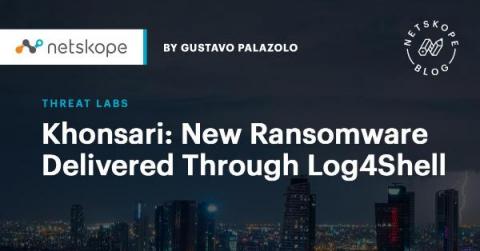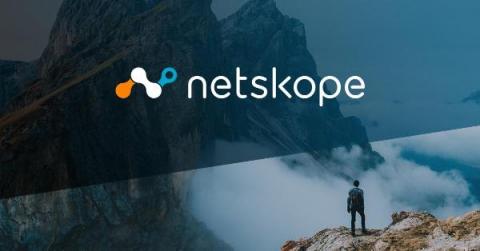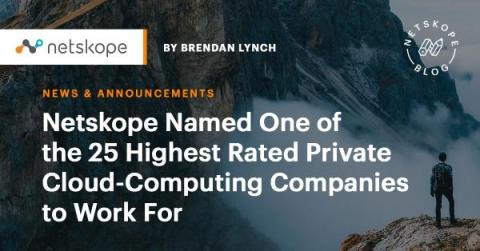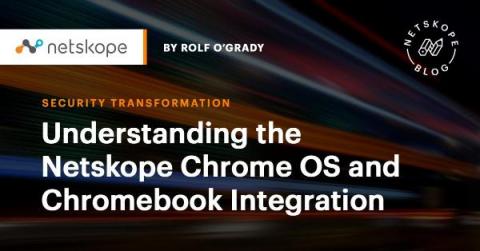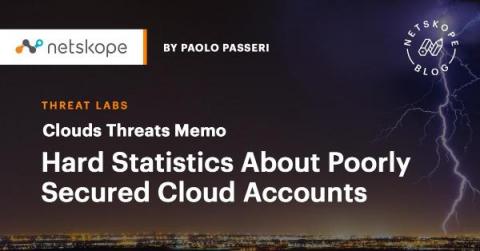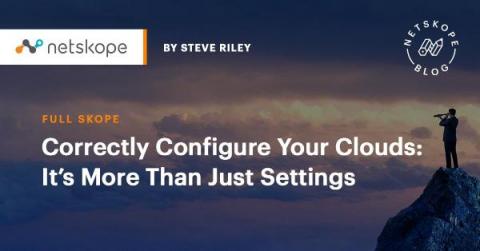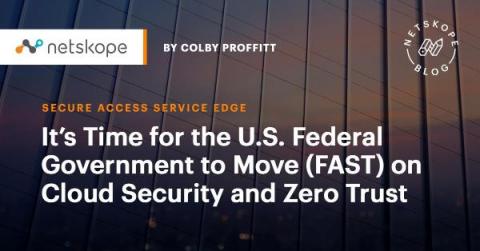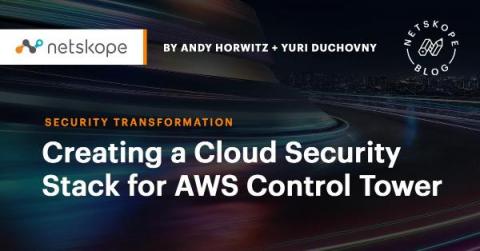Khonsari: New Ransomware Delivered Through Log4Shell
While many organizations are patching the two recent Apache Log4j vulnerabilities (CVE-2021-44228 and CVE-2021-45046), attackers have been racing to exploit them to deliver malware, such as botnets, backdoors, and cryptominers. Among the threats delivered using Log4Shell exploits, a new ransomware family was found by Bitdefender: Khonsari.


